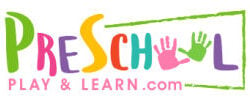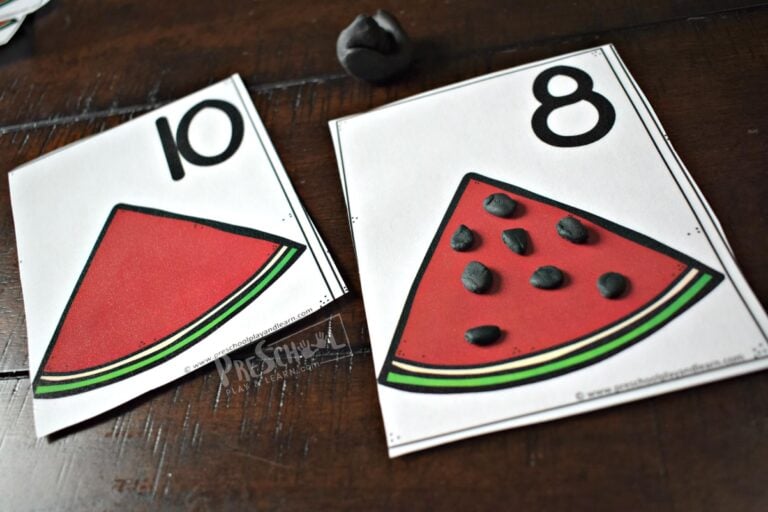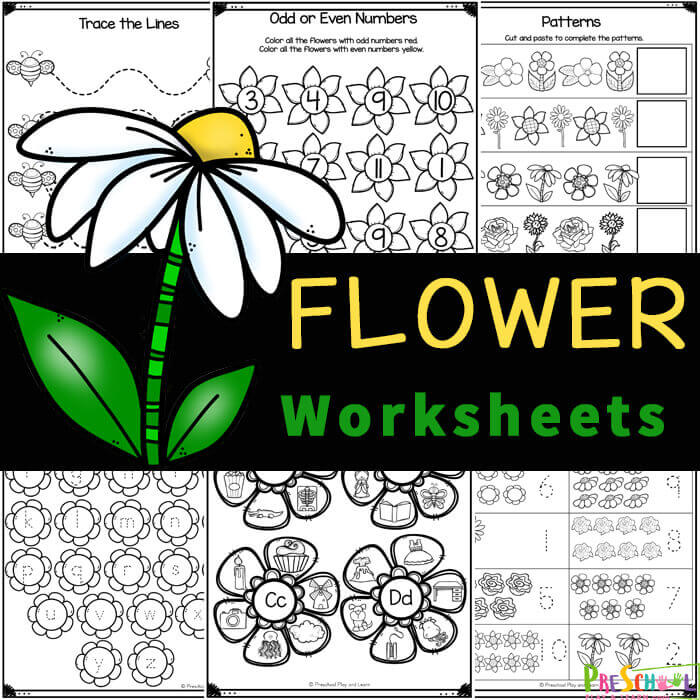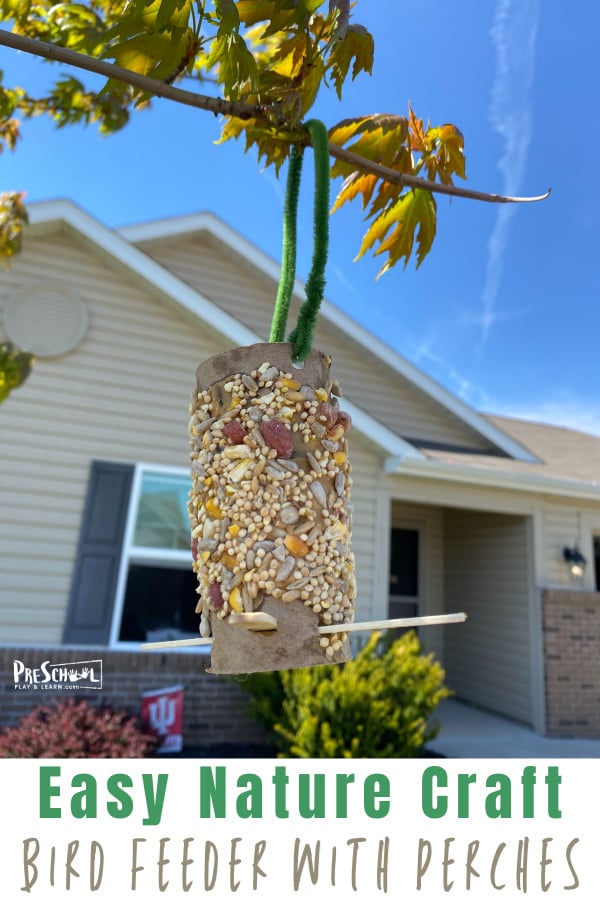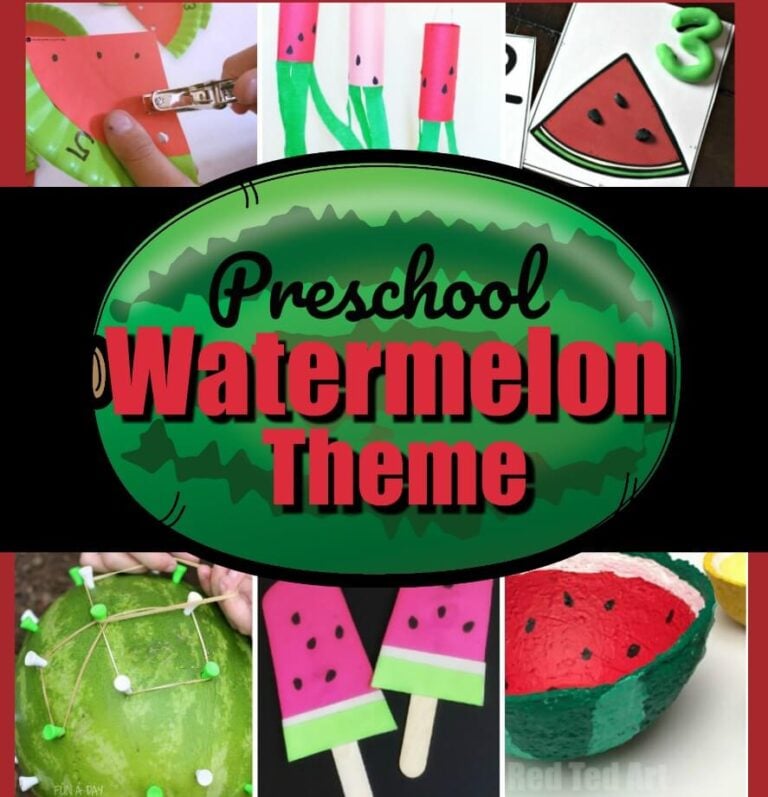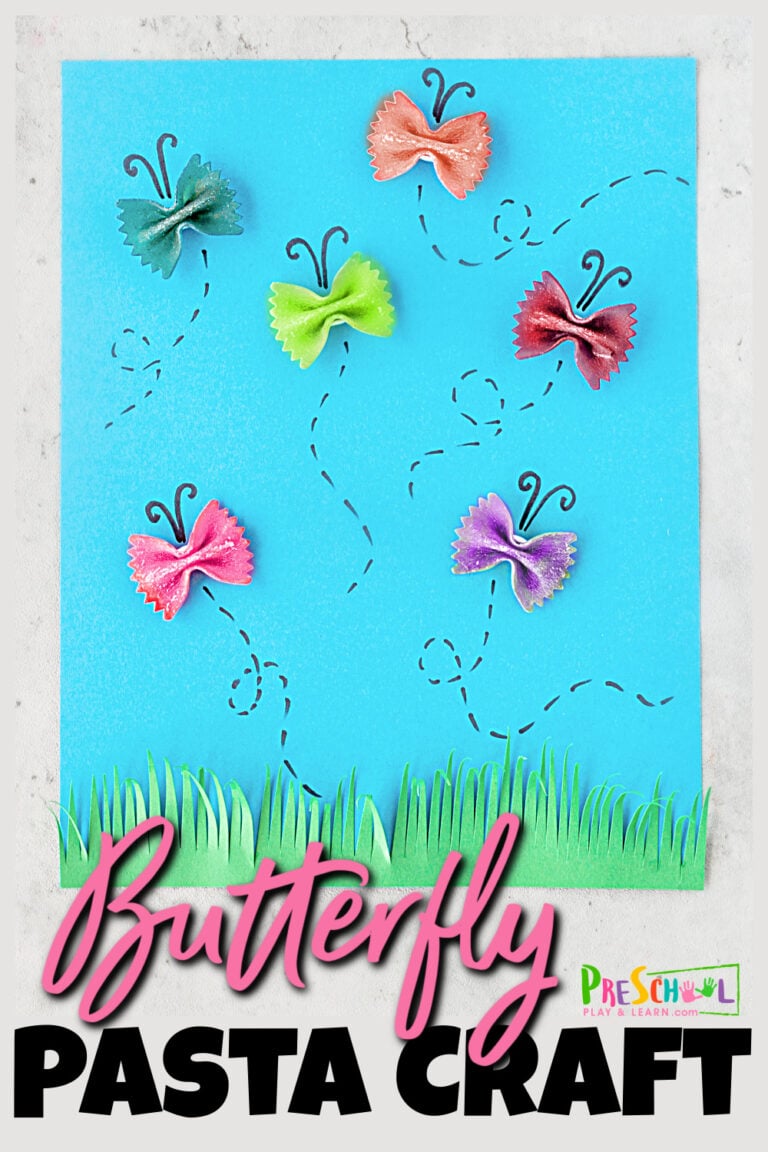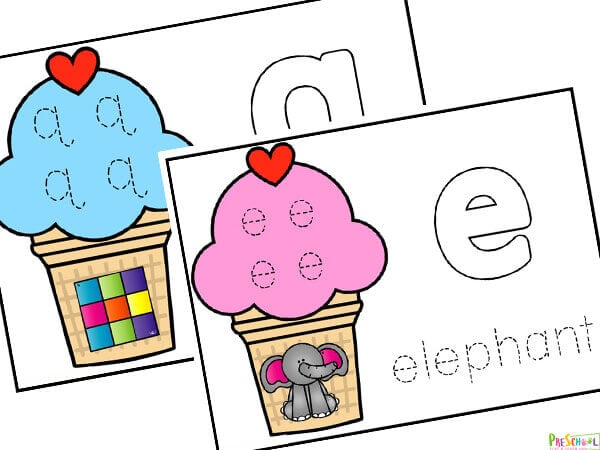Ice Painting: A Cool and Creative Preschool Summer Activity
Looking for a fun summer activity for preschoolers, kidnergartners, toddlers, and more? Try ice painting! Let us tell you what ice cube painting is, why it’s not only fun but a great sensory activity for kids, and give you some practice advice too! Let’s start talking about watercolor ice cube painting! 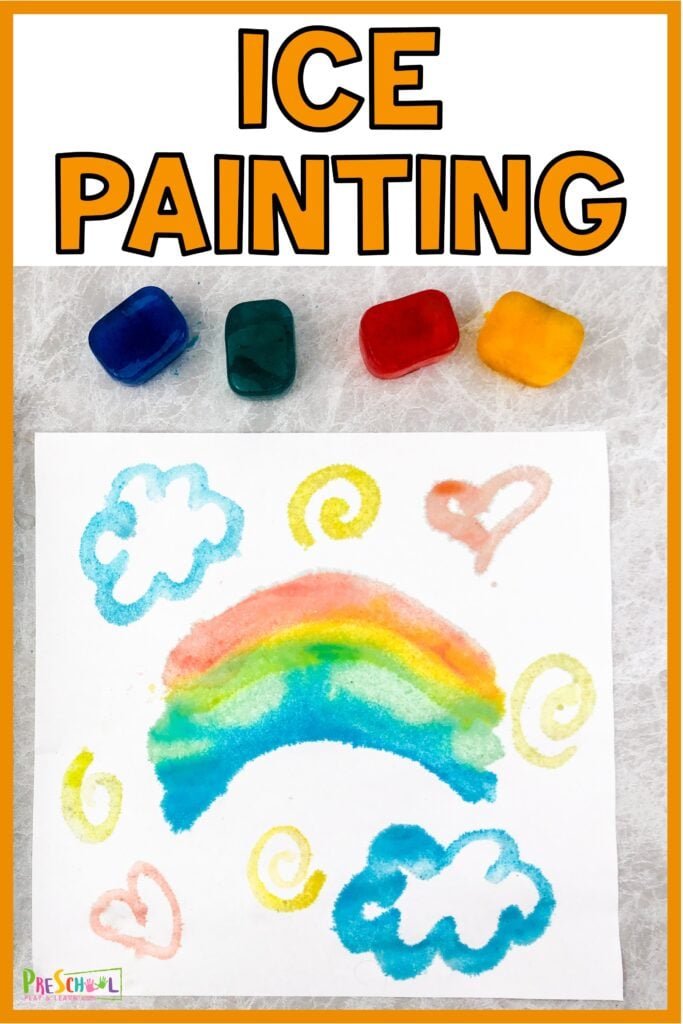
Ice Painting
Need a cool activity that toddler, pre-k, kindergarten, and young kids will love? Ice painting is the perfect go-to preschool summer activity! It’s hands-on, easy to set up, and lets kids explore colors and textures in a creative way—while keeping them entertained. Whether you’re a teacher planning a fun classroom art project or a parent looking for something exciting to do at home, ice cube painting is always a hit. Plus don’t miss our free summer coloring pages preschool, epic smore edible slime, and tons of fun preschool summer activities!
What is Ice Painting?
Think of ice painting like this: kids grab frozen, colorful ice cubes and use them to “paint” on paper. As the ice melts, it leaves behind these awesome swirls and patterns, almost like magic! It’s more than just making art—kids love watching the colors spread as the ice melts and moves across the paper. It’s a simple way to turn something as every day as ice into a fun, sensory experience.
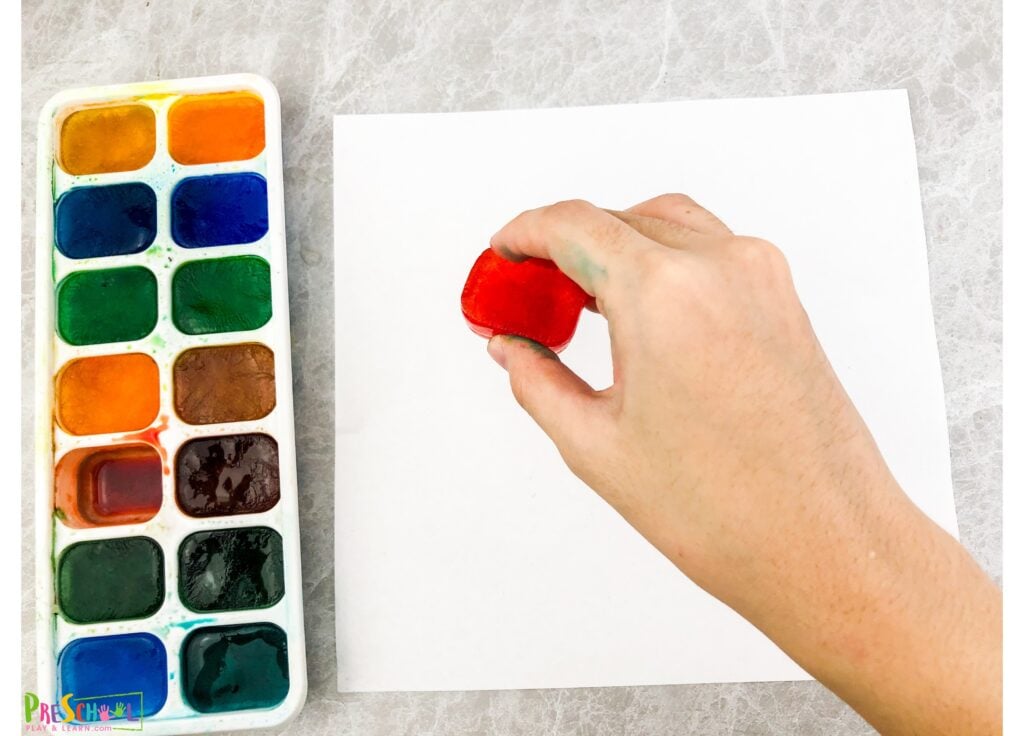
Why Ice Painting is Awesome for Kids
Ice painting isn’t just fun—it’s also packed with benefits for little ones. Whether they’re painting at home or in the classroom, here’s why it’s worth adding to your activity list

Ice Cube Painting
Ready to give it a try? Here’s how to get everything set up in no time:
What You’ll Need:
- Ice cube tray
- Food coloring or liquid watercolors
- Water
- Popsicle sticks (optional)
- Thick paper (watercolor paper works best)
- A tray or towel to catch any mess

Here’s How:
- Prep the Ice Cubes: Fill your ice cube tray with water, then add a few drops of food coloring to each cube for bright, fun colors.
- Add Popsicle Sticks: Stick a popsicle stick in each cube before freezing (this makes it easier for little hands to hold onto).
- Freeze: Pop the tray into the freezer and let it freeze completely—usually overnight.
- Set Up a Painting Station: Once the ice cubes are frozen, lay out some thick paper on a tray or towel to catch any melting water.
- Let Them Paint: Hand the kids their colorful ice cubes and let them create! Encourage them to experiment with the melting ice and see how the colors blend together.

Ice cube painting for preschoolers
Tips to Making It Even Easier:
- Popsicle Sticks Are Key: Having the sticks attached makes the cubes easier to handle (and keeps hands a little less chilly).
- Layer the Colors: Want to get fancy? Freeze the cubes in layers—add one color, freeze, then add another color on top. It’ll melt into awesome designs!
- Keep It Mess-Free: Work outside or laya towel under the paper to catch any water. Ice painting can get a little wet!
- Extra Ice Cubes: Freeze extra cubes in case the kids want to keep going!
Watercolor ice cube painting
Looking for ways to bring ice painting into the classroom or home? Here’s how it fits into different parts of the day:
- Art Center Activity: Set up an ice painting station during free time or at the art center, letting kids rotate through and explore at their own pace.
- Morning Calm Down: Need a way to ease into the day? Ice painting can be a calming, sensory-rich activity to help kids focus first thing in the morning.
- Science Lesson Tie-In: Talk about freezing and melting while kids paint—science and art come together in a fun, hands-on way.
- Collaborative Project: Have the whole class work on a giant ice painting mural, adding their unique colors and designs to a shared piece of art.
- Seasonal Fun: Change up the colors to match the seasons! Cool blues and whites for winter, bright yellows and oranges for summer—kids will love the seasonal twist.
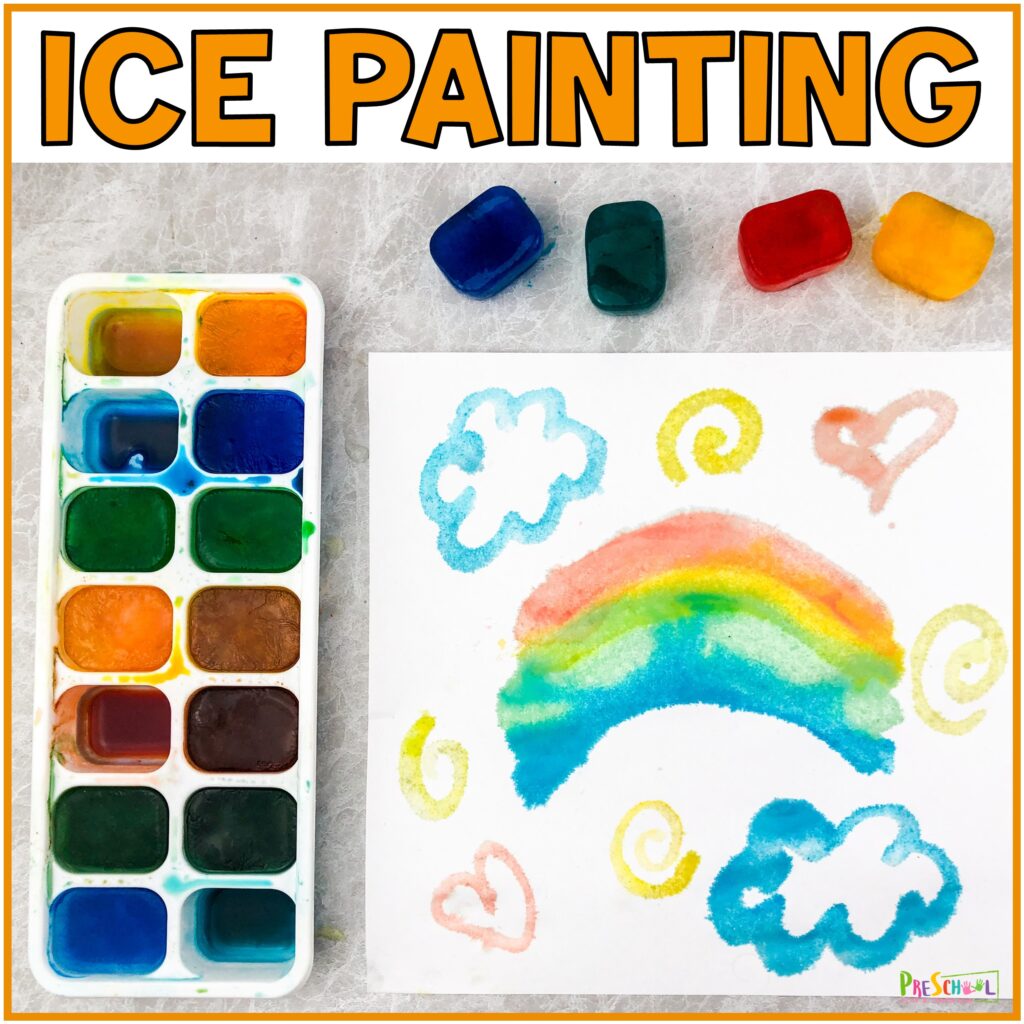
Ice cube painting activity
Ice painting is more than just an art activity—it’s a creative, sensory experience that kids of all ages can enjoy. Whether in school or at home, it’s a colorful, fun way to engage their imagination while sneaking in some motor skill development and science lessons. Give it a try—you’ll be amazed at how much fun kids have with just a little ice and some colors!
